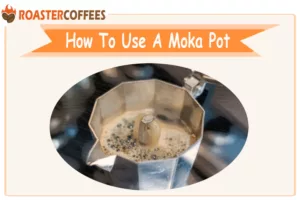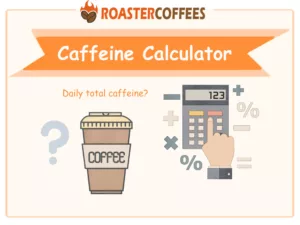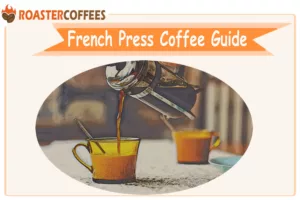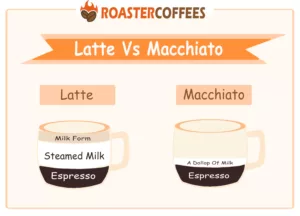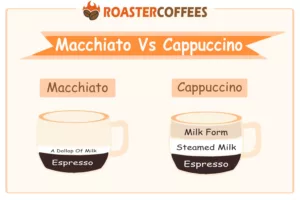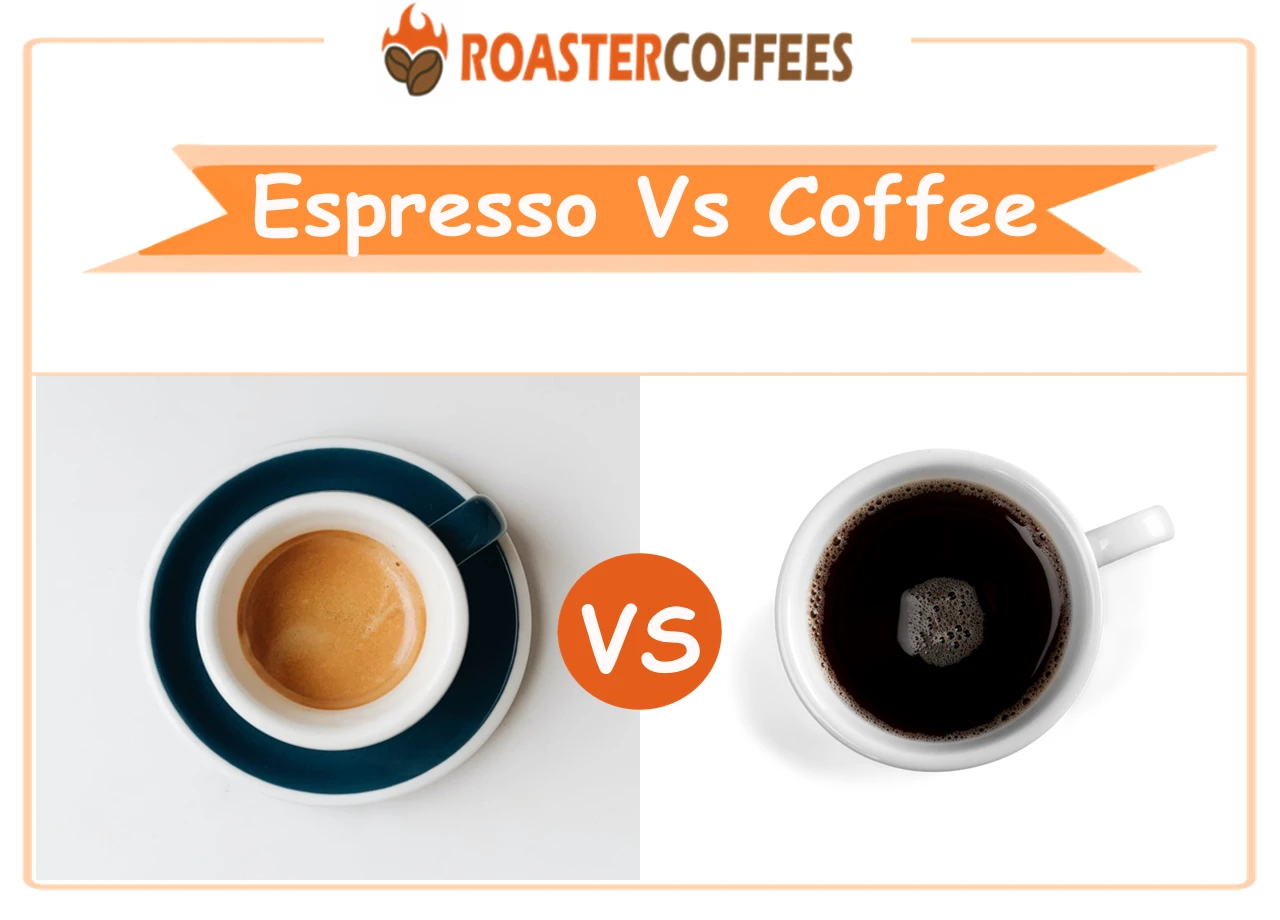
Most coffee lovers know espresso and coffee. But do you know the exact difference between them? Yes, you’re a coffee enthusiast, but you might have learned a term before completely recognizing the meaning in it. At the moment, you may feel embarrassed to ask the question. Now we’re here to tell you there are no embarrassing questions for coffee. So let’s take a look at precisely the differences between espresso vs coffee.
Due to the different texture, taste, and caffeine of the drink, many people mistake espresso for another bean. However, the difference lies in its making process.
In general, the difference in roast level between espresso vs coffee is that the coffee beans used for espresso are roasted longer and darker than those used for drip coffee. Darker roasting helps to extract coffee grounds during brewing.
So, does that mean you can use regular beans for espresso? Yes. You can make espresso with normal coffee beans so long as you grind them finely, another point of the difference between them, and for better-flavored results, make sure to use a dark roast.
If you see a bag of entire coffee beans with “Espresso” written on it, it means they have roasted the beans to a degree suitable for espresso. And lighter roasts are usually used for drip coffee.
Following is a chart that includes the main differences between espresso vs coffee.
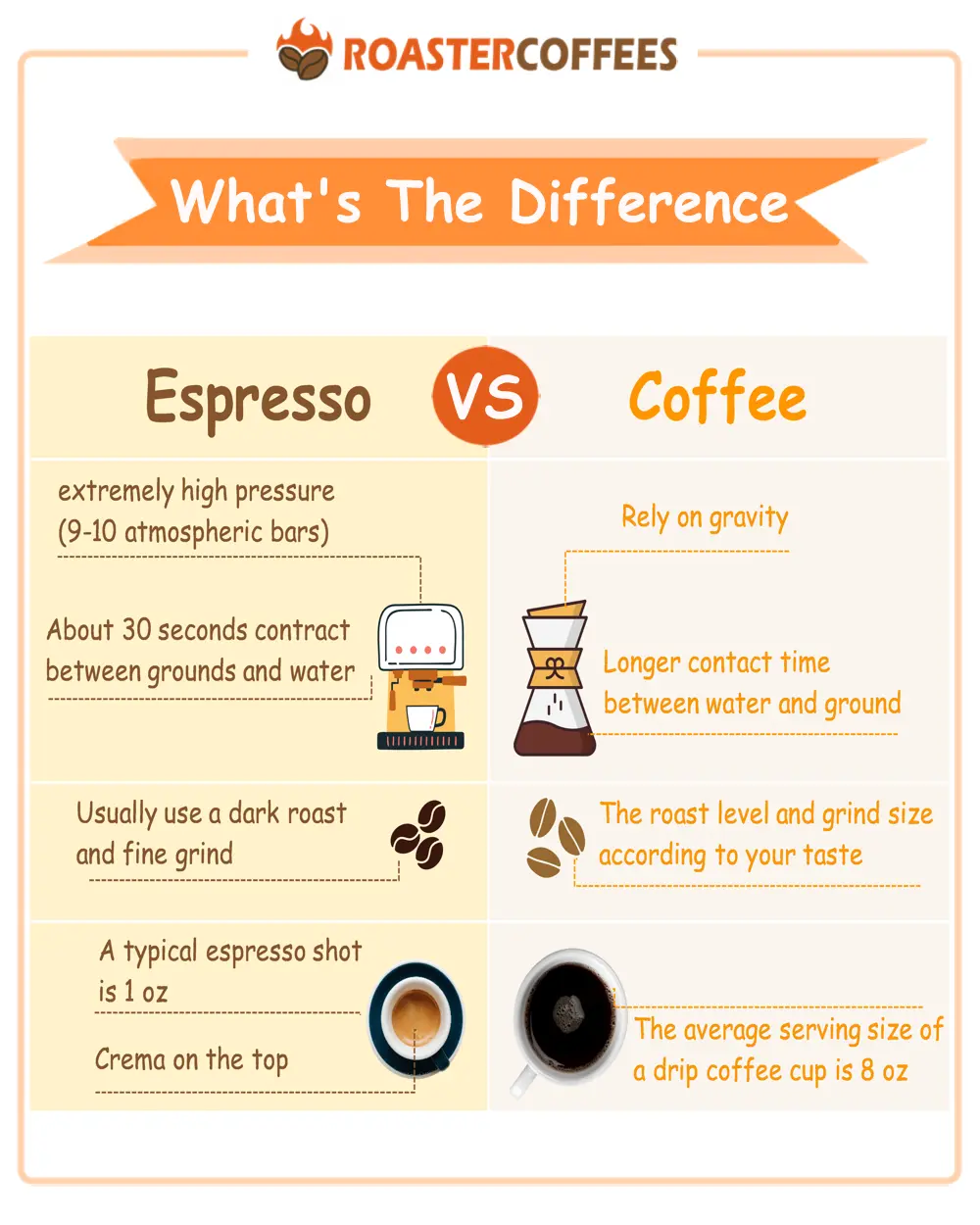
Grind Size
What’s the difference in grind size between espresso vs coffee?
Espresso grinds are usually much finer than other coffee grinds, just like the texture of sand.
Because the making process requires hot water to be poured into tightly packed grouds, very short, about 30 seconds. And the finer grind exposes more surface area of the beans to water, which means that a shorter injection process can be used to brew more efficiently.
If the coffee beans are ground too fine, the espresso will be bitter and over-extracted, while too coarsely ground will produce an acidic, under-extracted cup.
If you are a beginner in coffee grinding, you can get a free coffee grind size chart from here, including their texture, particle size, and suitable brewing method.
Pressure
The pressure during the brewing process is an important difference between espresso vs coffee.
The espresso is brewed under pressure to gain its speed and intensity. It makes a more effective extraction process when the high-pressure hot water through finer ground coffee.
So, when making espresso, about 24% of substances are extracted from beans, while only about 17% of the extract from coffee beans when making coffee.
The coffee relies on gravity to drive water through the ground coffee, making your coffee more fragrant. If you are making use of a Moka pot or even a French press, the actual pressure exerted on the coffee and water is negligible when measuring with an atmospheric pressure bar.
Lots of espresso machines default to nine atmospheric bars(a standard atmospheric bar means 14.7 pounds per square inch), which is about equal to 130 pounds per square inch (PSI). To put that figure in perspective, you would certainly require to dive almost 300 feet deep in the ocean to experience the pressure.
In a word, high pressure is not merely the keystone of quick brewing. It also helps create crema and spread rich coffee oils into the final shot.
Brewing Method
The critical difference between espresso vs coffee is the brewing method.
You can use French press, pouring, Moka pot, and other methods for regular coffee. But espresso needs a specific type of brewing process to complete the extraction. When it boils down to it, the brewing method is what truly sets it apart.
Of course, you do not require a fancy machine. It just makes preparation much more comfortable and more precise. So absolutely nothing can stop you from learning how to make an espresso without an expensive maker at home. Remember, it means additional work for you! Once you have solved it, you can enjoy it at home every morning.
Although differences in pressure between their brewing methods, they have one very important similarity: brewing temperature.
The optimal brewing temperature level for any kind of coffee is between 195 and 205 degrees Fahrenheit. Any lower temperature causes the flavor extraction to be affected, resulting in a dull drink. However, any higher temperature might burn them.
Here is a guide on coffee brewing temperature tips if you want to know more about brewing temperature.
Espresso Vs Coffee: Who has more Caffeine
Usually, most people think that espresso contains more caffeine than drip coffee. But the opposite is true. On average, a shot of espresso contains slightly less caffeine than drip coffee.
Espresso really just has around 64 milligrams of caffeine per ounce for one shot, which is less than a quarter of the overall suggested day-to-day intake. By comparison, the 96 milligrams in every 8 ounces of regular coffee (most people have 12 ounces), and you’ll see that you’re actually obtaining less caffeine than those who drink drip coffee in the early morning.
To be clear, the concentration of caffeine in the espresso is higher. Still, given that you’re only obtaining a few ounces, it’ll generally contain a lower quantity of caffeine overall contrasted to a full cup of drip coffee.
So while chugging 5-6 shots (one oz per shot) of espresso could get your heart in a tizzy, proper intake will likely aid you greater than it hurts you. However, If you drink 8 ounces or more, you will exceed the recommended total daily intake, which will not benefit your health.
As always, you should be aware of your body’s response to substances such as caffeine and intake or abstain from it accordingly. For example, if coffee makes your sleep quality worse, you should avoid drinking coffee late in the day.
Taste
Your next question may be: “Is there a difference between the taste of espresso vs coffee?”.
Of course, thanks to espresso are roasted, ground, and brewed differently, and it exudes a bolder flavor than drip coffee. It usually has a bold, less acidic taste, with a round and full flavor. It tastes stronger, which means it has a strong coffee flavor. During the roasting process, especially none of the flavor-filled oils are lost, making it heavier.
On the other hand, drip coffee is less intense. It has a rounded, clean, simple flavor and a smooth taste.
Serving Size
There is also a distinction in the serving size between espresso vs coffee.
The average serving size of a regular drip coffee cup is 8 ounces, while a typical espresso shot is 1 ounce. Usually, it is not uncommon to add three to four shots of espresso to a cup of espresso-based beverage, such as latte, cappuccino, Americanos, and mocha. Of course, you can also drink espresso by itself without mixing it with coffee or milk.
What Is The Acidity Level Of Espresso?
For the lovers, the more good news is that it is notorious for its low acidity. Because the longer the coffee beans are roasted, the more chlorogenic acid is decomposed. Therefore, any dark roasted coffee beans will have lower acidity than light or medium roast.
What Are The Benefits Of Them?
Whether coffee is poor or good for you is still inconclusive.
Both drip coffee and espresso contain magnesium, calcium, and potassium. Although an ounce of espresso provides three times the amount of the magnesium supplied by 8 ounces of drip coffee, drip coffee provides higher calcium and potassium content.
Studies have shown that espresso can improve memory, concentration, reaction time, wakefulness, and motor coordination. To be precise, at normal doses, the caffeine in it is at work.
The quantity of caffeine required to produce these effects varies from person to person, depending on body size and tolerance level, and also, one meta-analysis found that caffeine intake is associated with a lower risk of type 2 diabetes.
However, caffeine can increase anxiety and increase blood pressure. So, although caffeine is a sought-after cause of energy boost, you should still limit your intake.
Still, it is also linked with reduced cortisol response, stimulated metabolic response, and reduces the risk of dementia. It is also said that certain oils in coffee are beneficial for the heart. Besides, some people use coffee to improve workout performance.
Compared with a cup of ordinary drip coffee, some people might consider espresso to be the healthier choice because the brewing process does not require a filter, which means that it contains more natural nutrients than drip coffee. However, consuming too many natural oils can increase cholesterol, so consider monitoring unfiltered coffee consumption.
Final Thought
Now you know the difference between espresso vs coffee. Whether you are a fan of espresso or drip coffee, you can try to visit the local espresso bars.
If you are lucky enough, you will find an Italian-style one nearby. As an espresso fan, you will be ecstatic that you can often drink the authentic one. If you are an ordinary drip coffee lover, you might as well go in and give it a try. Maybe you will fall in love with it crazily.
If nothing is found, it doesn’t matter. You can learn how to make espresso at home without using an expensive machine here.
FAQs
How Much Caffeine In Cup Of Coffee?
A regular serving of drip coffee (8 ounces) usually contains approximately 96 mg of caffeine, while a typical espresso shot(1 ounce) usually contains about 64 mg of caffeine.
What Is Espresso?
It is a coffee brewing method originating from Italy. Under the pressure of 9-10 atmospheric bars, force a small amount of near-boiling water (195°F or 90.6°C) through fine grind grounds.
It is usually stronger than coffee brewed by other methods, and its viscosity is like warm honey. This is due to the high concentration of suspended and dissolved solids. It also has a distinctive feature, with crema (a foam with a creamy consistency) on the top.
Is Coffee Bad For You?
Like many foods, drinking too much coffee can cause problems, especially in the digestive tract, which may affect gastrointestinal motility and gastric acid secretion.
Intaking too much caffeine can also cause anxiety and sleep disruption. If you are sensitive to caffeine and tend to become overly excited, you may need to avoid coffee altogether. If coffee reduces the quality of your sleep, try to avoid drinking coffee later in the day, such as after 3 pm.
Moderation is the most critical point. For healthy adults, a daily intake of caffeine is no more than 400 mg (meaning about 4 cups of drip coffee, 8 ounces per cup). Moderate caffeine intake can bring many benefits to your health (read the section above to learn more about the benefits of caffeine).
References
- Jiang X, Zhang D, Jiang W (February 2014). “Coffee and caffeine intake and incidence of type 2 diabetes mellitus: a meta-analysis of prospective studies”.
- Wikipedia: Caffeine.


